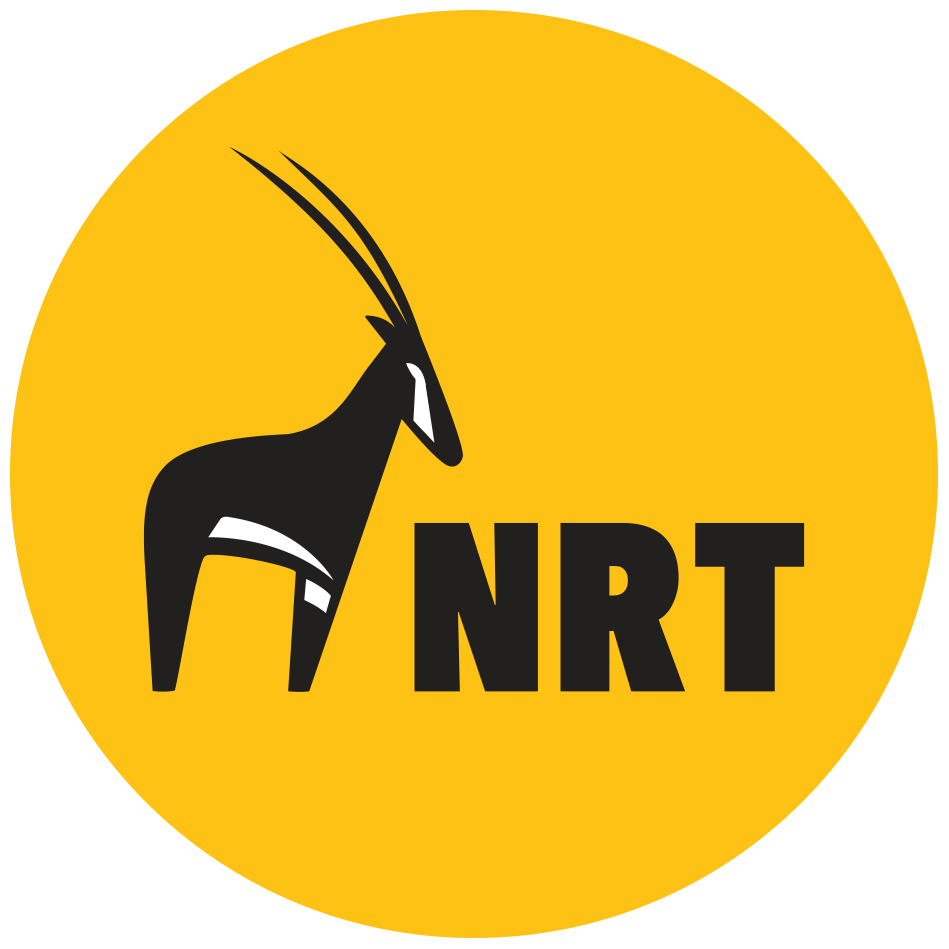Since devolution of the centralised Kenyan government in 2013, community conservancies and NRT have been working to build synergies between county government activities and the efforts of indigenous communities to improve livelihoods. Many county governments are starting to fulfil their mandate of providing local public services, and meeting local development priorities, through investments in community conservancies.
In 2022, NRT Coast conservancies received the highest financial support ever, from the Water Sector Trust Fund (WSTF) of Ksh 155 million (USD 1,313,559), with 15% co-funding from the Garissa, Tana River, and Lamu County Governments to 4 conservancies, to implement integrated water supply, water resources management, and sanitation projects under the “Sustainable Management and Access to Water and Sanitation in Arid and Semi-Arid Areas (SWASAP) Project.
Three tripartite Memorandums of Understanding (MOUs) with community conservancies, NRT and relevant County Governments have now been signed in West Pokot, Baringo and Samburu. These agreement provide a formal framework for strengthening technical cooperation.
A key instrument of engagement between NRT member conservancies and county governments is the Conservancy Management and Development Plan, which are starting to link with the County Integrated Development Plans to define community-led funding priorities for the counties. NRT also continues to provide assistance to County Governments wishing to establish their own community conservancies.
NRT was a founding member of the Kenya Wildlife Conservancies Association (KWCA), which is a representative body for private and community conservancies across Kenya. Working with KWCA, NRT has been a part of influencing supportive legislation and helping draft policy advice. Chairpersons from NRT member conservancies attend the annual KWCA Conservancy Leaders Forum, where they discuss key issues affecting conservancies nationally.

